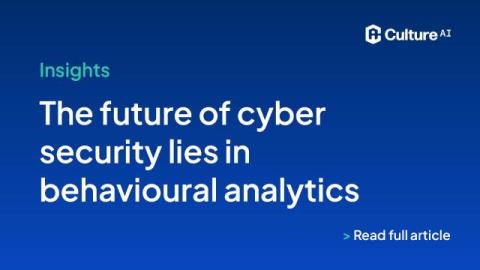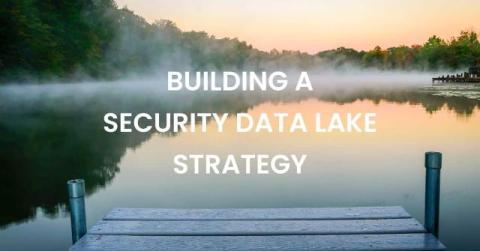A Guide to Choosing the Best Tech Tools for Pest Control
Running a pest control business comes with its unique challenges. Managing multiple client requests and coordinating workflows can be rather time-consuming. Investing in the right software solutions will simplify these tasks. The right set of management tools is as essential as having the proper pest control equipment.











